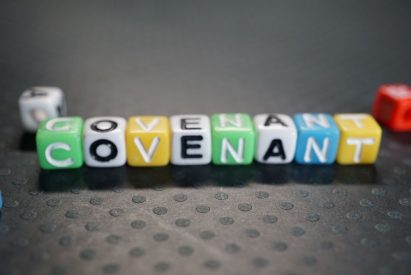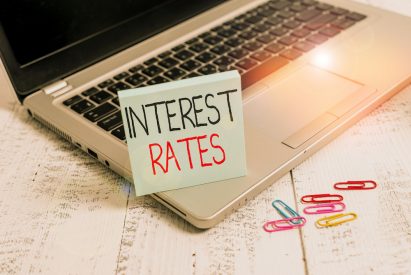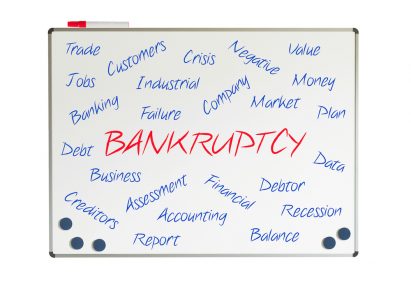How to account for income from loan application fees?
How to account for the loan origination fees or the loan servicing fees? In profit or loss? Amortize? Find out here!
Contract Asset vs. Trade Receivable – What’s the Difference?
What is the difference between contract asset and receivable? When to book a contract asset and when a receivable? Learn here (with example)!
ECL: How to Measure Probability of Default
Expected credit loss challenges many experienced accountants and finance people, because it contains the element of uncertainty and some sort of guessing or estimating what can happen in the future. That’s why it is “expected” after all. I wrote a few articles about the process…
How to account for financial guarantees under IFRS 9?
What is a financial guarantee? What is it NOT? And, how to account for financial guarantees under IFRS 9? Learn here!
How to present a loan with breached covenants?
So, you have a long-term loan, you breached the covenants and it became repayable on demand. Is it current or non-current? Learn here!
How to test hedge effectiveness under IFRS 9?
How to assess hedge effectiveness prospectively under IFRS 9? Do we need to calculate the hedge effectiveness retrospectively?
How to account for contracts to buy commodities with future delivery (own use)?
When you purchase a commodity with future delivery for fixed price, should you account for it as for derivative under IFRS 9? Or as a purchase of inventories (“own-use” contract)? Find out here with example included.
How to account for investment in gold under IFRS?
The truth is that there is no specific IFRS related to precious metals. What to do when you buy gold and other metals to store value? Learn here!
Can we classify loans with variable interest at amortized cost?
Variable interest with cap/floor, full recourse, inflation-linked interest, collaterals – can you still classify these loans as at amortized cost?
Measuring expected credit loss: Loss rate vs. Probability of default
Some time ago I published an article about calculating bad debt provision in line with IFRS 9. Precisely speaking, it was about measuring expected credit loss using simplified approach for trade receivables – just to be on the safe side. Since then, I keep receiving…
Recent Comments
- mahima on IAS 23 Borrowing Costs Explained (2025) + Free Checklist & Video
- Albert on Accounting for gain or loss on sale of shares classified at FVOCI
- Chris Kechagias on IFRS S1: What, How, Where, How much it costs
- atik on How to calculate deferred tax with step-by-step example (IAS 12)
- Stan on IFRS 9 Hedge accounting example: why and how to do it
Categories
- Accounting Policies and Estimates (14)
- Consolidation and Groups (25)
- Current Assets (21)
- Financial Instruments (56)
- Financial Statements (54)
- Foreign Currency (9)
- IFRS Videos (74)
- Insurance (3)
- Most popular (7)
- Non-current Assets (56)
- Other Topics (15)
- Provisions and Other Liabilities (46)
- Revenue Recognition (27)
- Uncategorized (1)













